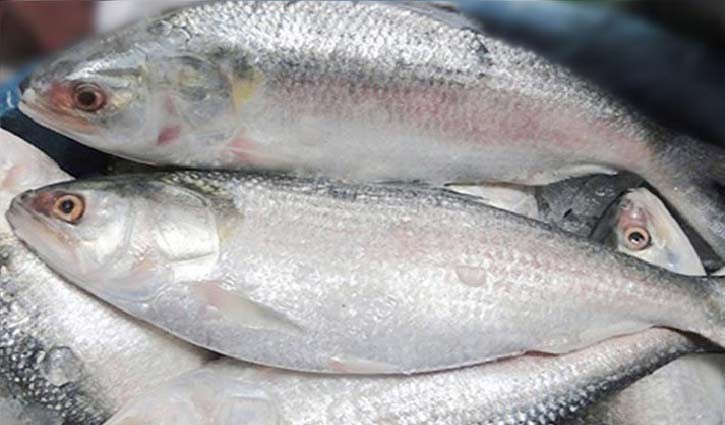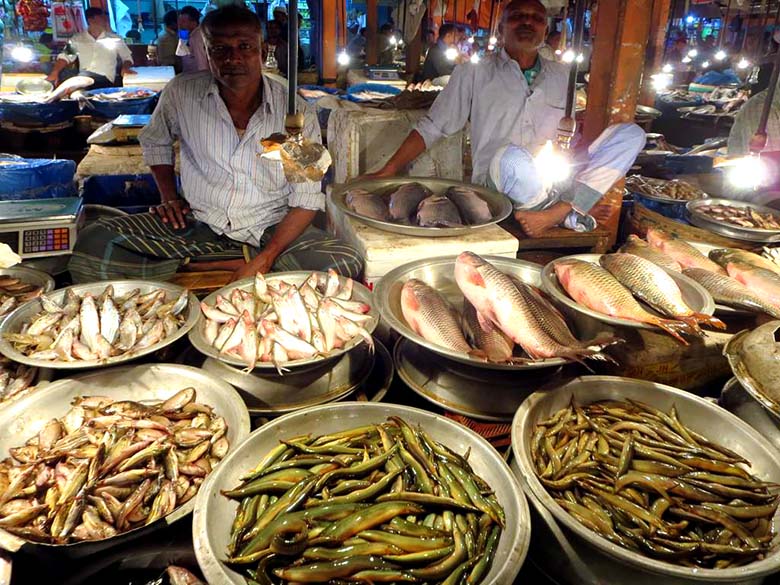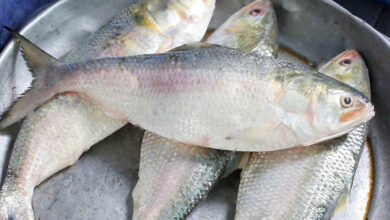
Bangladesh is one of the many countries that earn a substantial amount of revenue from the fisheries sectors. Bangladesh has thousands of water bodies and is known for its love of fish, earning it the nickname “Machh-e Bhat-e Bangali,” which translates to “Bengali by fish and rice.”
Bangladesh’s fisheries sector has undergone a remarkable transformation. The country earns foreign exchange by exporting fish to approximately 51 nations. Now that the country produces a sufficient quantity of fish, it is feasible to meet the demand for protein without importing from India-Myanmar.
The primary importers of Bangladeshi aquaculture products are the European Union (EU), the United States (US), Japan, and China. However, less than 2% of the nation’s total fish production is intended for export.
Bangladesh’s exports of frozen fish and frozen fish totaled USD 55.48 million in 2020. These exports serve the Bangladeshi diaspora market. Primarily Carp and Hilsha are among the fish exported to the 12 million Bangladeshis who live abroad (primarily in the Middle East and the United Kingdom).
It is estimated that over ninety-five percent of all finfish exports are white fish (with bones) of the local varieties, primarily for the Bangladeshi diaspora. This would suggest that Bangladeshi finfish processors have not been able to capture the international market for sea-based finfish in the same way that they have for shrimp exports. India is the greatest export destination for chilled finfish, accounting for 71.4% of Bangladesh’s total exports of chilled finfish in 2019. Our national fish, Hilsha, is the only species of refrigerated finfish that may be exported to India. Currently, Bangladesh primarily exports Hilsa, Shrimps, Tilapia, and pangas, although pangas are a recent addition to our export sector. Entirety in South Asia after India and China, Bangladesh strives to maintain its position as the third largest exporter in the globe. Many finfish processors process both shrimp and finfish, but they do not disclose their annual exports to the Bangladesh Frozen Foods Exporters Association (BFFEA) separately for shrimp and finfish.

The local black tiger shrimp and freshwater prawn faced fierce competition from the less expensive Vannamei shrimp grown in large quantities in India, China and Vietnam. This led to a drop in Bangladesh’s frozen fish exports a year after total receipts reached $638 million in fiscal 2013–14.
According to data from the Export Promotion Bureau, exporters made $532 million through exporting frozen fish overseas in the fiscal year 2021–2022; this represents an increase of 12% year over year. The most recent revenues surpass those of Bangladesh’s fiscal 2016–17 year, which witnessed $526 million in frozen seafood export receipts.
“The main reason is the increase in prices,” said Md Amin Ullah, president of the Bangladesh Frozen Foods Exporters Association.
He claimed that the increase in shipments began in 2021 as a result of the Covid-19 supply disruptions, which created a spike in demand and price for shrimp in major markets like Europe.
The dramatic growth of the fisheries sector comes with numerous benefits too. The fisheries sector is eradicating unemployment and fostering entrepreneurship. A significant amount of food is supplied throughout the country, thanks to the production of fish, meat, milk, and eggs. This industry provides for both the requirements of humans and animals. By generating foreign currency through exports, this industry aids in the nation’s development. Additionally, this industry is boosting the economy in rural areas. The production of livestock and fishing accounts for 4.41 percent of the nation’s overall GDP and 38.35 percent of the agricultural GDP. Directly and indirectly, this industry employs 1 crore 95 lakh individuals.

Fisheries and livestock minister SM Rezaul Karim expressed his optimism that the problem of setting the electricity bill at an agricultural rate rather than a commercial rate would be resolved. During the 22-day fishing ban, we intend to offer incentives to registered fishers. The Ministry of Fisheries and Livestock is currently working on a number of initiatives in the Char region. In light of the District Commissioners’ recommendations, additional tasks will be undertaken as needed, he added.
With its abundant inland waters and river systems, Bangladesh has significant potential for capture fishing and aquaculture. As the nation becomes more prosperous, protein intake from fish-based diets will assume a greater place of importance. Therefore, the sector’s sustainable expansion is of utmost significance to the economy.
Jaber Bin Abdul Bari
Department of Oceanography, NSTU




